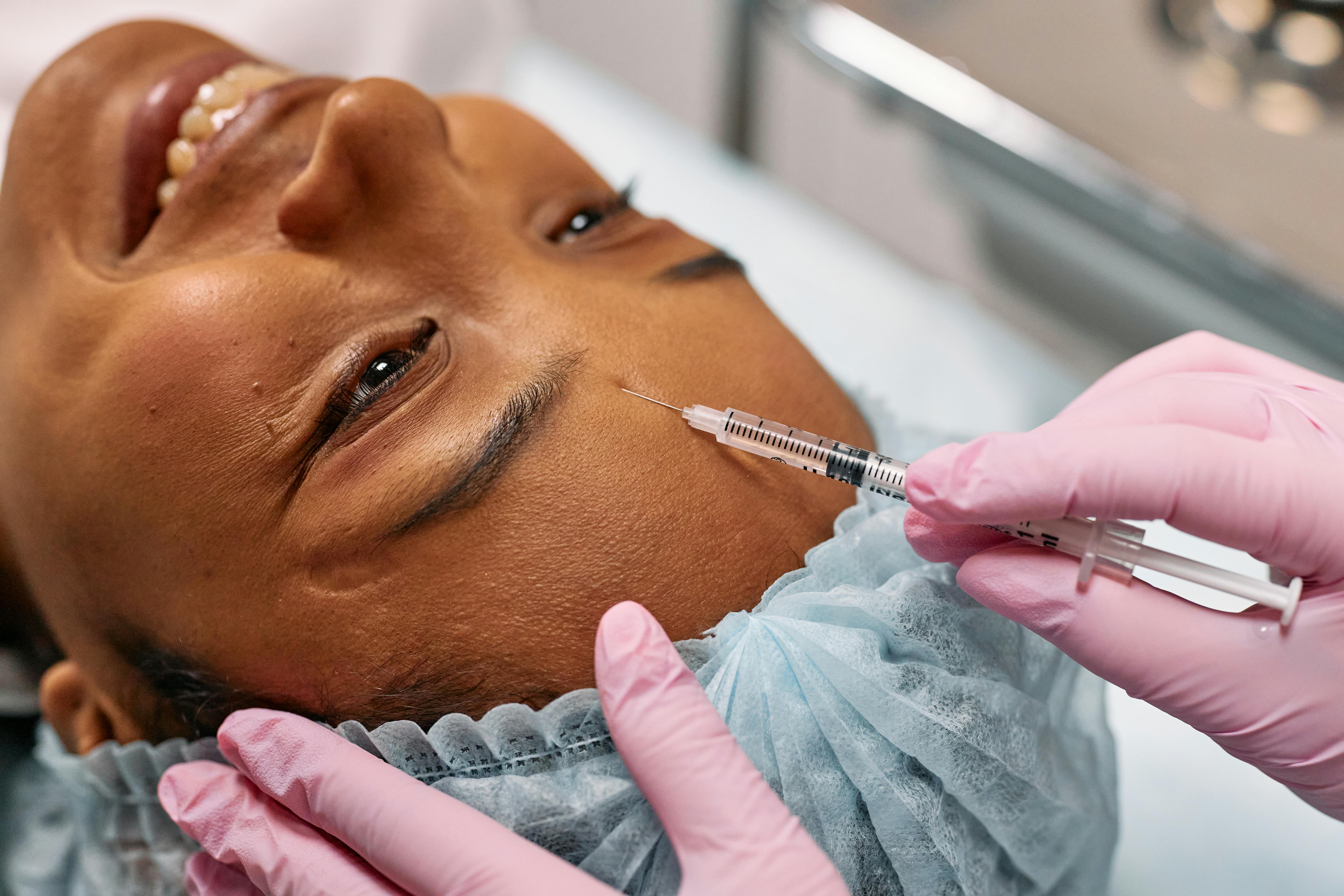Understanding Eye Bags: Causes, Treatment, and Prevention
Eye bags, medically known as periorbital puffiness, are a common concern among people of various age groups. These swollen or puffy areas under the eyes are often associated with sleep deprivation, aging, or other lifestyle factors. However, it's crucial to understand that the appearance of eye bags can be influenced by various internal and external factors. In this article, we'll delve into the causes, treatment options, and prevention measures for eye bags, providing a comprehensive overview of this common skin issue.
The Historical Context of Eye Bags
The perception of eye bags has changed significantly over time. Historically, in some cultures, eye bags were seen as a sign of wisdom and experience. However, with the advent of the beauty industry and the media’s influence, the modern perception of eye bags has shifted towards viewing them as a sign of aging, fatigue, or poor health.
In the 20th century, skincare solutions primarily focused on masking the appearance of eye bags with makeup or using home remedies. As the science of dermatology advanced, more treatment options became available, from eye creams and serums to surgical procedures.
The Science Behind Eye Bags: Causes and Factors
Eye bags occur due to the weakening of tissues around the eyes, including the muscles supporting the eyelids. As we age, the skin loses its elasticity, and the fat that helps support the eye can move into the lower eyelids, causing the lids to appear puffy. Fluid can also accumulate in the space below the eyes, adding to the swelling.
Other factors that can contribute to the formation of eye bags include lack of sleep, high-sodium diet, alcohol and tobacco use, allergies, and heredity. It’s worth noting that while eye bags are often harmless, they can sometimes be a sign of underlying health conditions like thyroid problems or kidney issues.
Current Treatment Options for Eye Bags
The treatment for eye bags largely depends on their severity and underlying cause. For mild cases, lifestyle changes like getting enough sleep, reducing alcohol consumption, and cutting back on salty foods can help. Over-the-counter creams and gels containing retinol, hyaluronic acid, or caffeine can also help tighten the skin and reduce puffiness.
For more severe or persistent eye bags, medical treatments may be necessary. These can include filler injections to smooth out the under-eye area, laser resurfacing to enhance skin tightening, or even surgical procedures like blepharoplasty, which removes or repositions excess fat and skin.
The Impact of Technology on Eye Bag Treatment
The evolution of technology has greatly impacted the treatment of eye bags. Non-invasive treatments such as radiofrequency and ultrasound devices have been developed to stimulate collagen production and tighten the skin. Meanwhile, the use of dermal fillers has become increasingly refined, allowing for more natural-looking results.
Advancements in cosmetic surgery have also made procedures more precise and less invasive, reducing recovery time and potential complications. For instance, transconjunctival blepharoplasty, a technique where the incision is made inside the lower eyelid, leaves no visible scar and has a quicker recovery period than traditional methods.
Preventive Measures and the Future of Eye Bag Treatment
Prevention is often the best approach when it comes to eye bags. This can involve simple lifestyle changes, like maintaining a balanced diet, ensuring adequate sleep, and avoiding known allergens. Regular use of sunscreen and moisturizers can also help maintain the skin’s elasticity and prevent premature aging.
In the future, treatments for eye bags are likely to become even more personalized and effective, as researchers gain a better understanding of the skin’s aging process and the factors that influence it. For example, genetic studies could potentially identify those at risk of developing severe eye bags, allowing for early intervention.
In conclusion, while eye bags can be a nuisance and impact self-confidence, understanding their causes and treatment options can go a long way towards managing them. With advancements in dermatology and cosmetic procedures, there are now more options than ever to treat and prevent this common skin concern.





